|
|
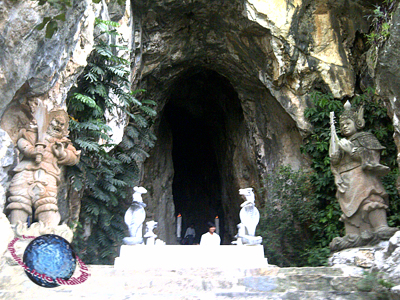 |
|
Marble Mountains |
|
|
 |
|
The entrance to
Dong Am Phu (Động Âm Phủ), i.e.
‘Hell Cave’, at
the Marble
Mountain of Water in Da Nang (fig.),
which
is guarded by two
dvarapala, and
inside displays
themes from final judgment, heaven and
hell. |
|
One enters the
cave over
the Bridge of No
Return or
the
Bridge of Troubled Water
(fig.), across the
Lake of the Doomed.
In
Vietnamese,
this bridge is known
as Cau Nai Ha (Cầu
Nại Hà), from the Chinese
Naihe Qiao, which means
‘Bridge
of No Avail’,
while the water beneath it is in
Vietnam called Am Dong
Song (Âm Dương Sông), i.e.
‘Yin-yang
River’. The bridge is
adorned with a large yin-yang sign (fig.)
and with the animals of the Vietnamese version of the
Chinese zodiac
(fig.),
which has
the cat as the
fourth animal, instead of the rabbit. |
|
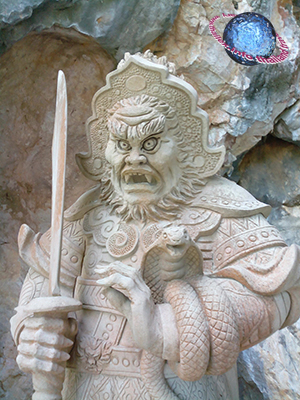 |
|
Marble Mountains |
|
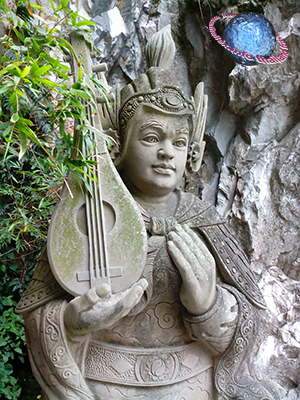 |
|
Marble Mountains |
|
|
To the left of
the bridge stands, Quang Muc, i.e.
Guang Mu Tian,
one of the
Four Heavenly Kings
(fig.),
holding a heavy scimitar and with a
hooded
snake,
i.e. a
cobra (fig.),
curled around his lower arm,
which is said to
symbolize smoothness.
To
the right side of the bridge stands Tri Quoc, i.e.
Chi Guo Tian,
one of the
Four Heavenly Kings,
holding a
pipa (fig.),
which stands for harmony and represents the balanced power with which he rules.



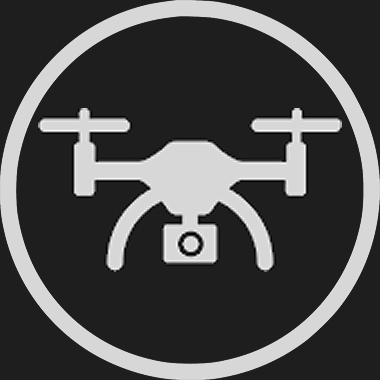
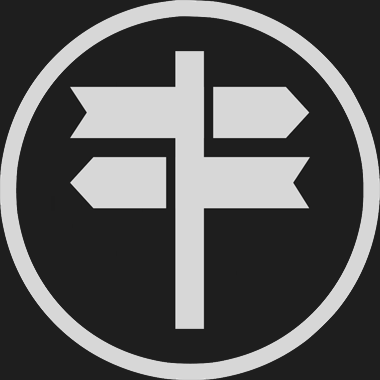


 |





|
|